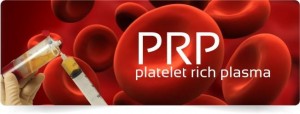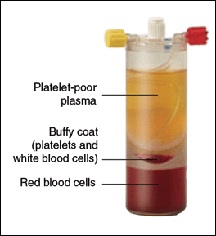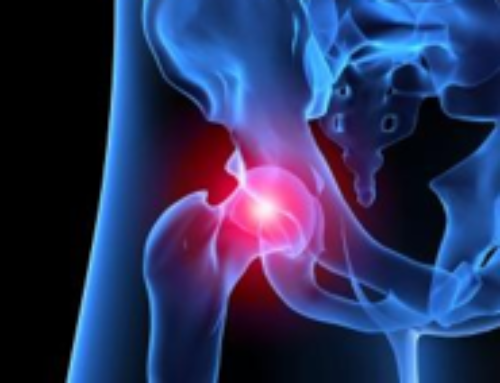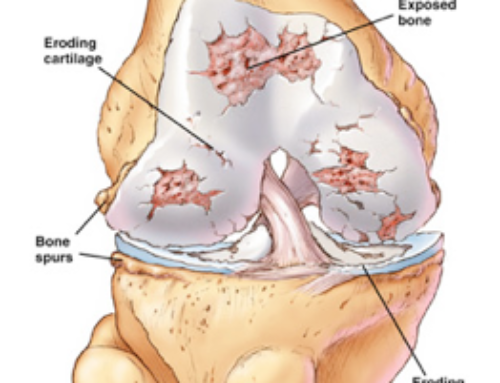What is Platelet Rich Plasma?
 Platelet Rich Plasma Beverly Hills, also commonly referred to as PRP, is actually blood-rich plasma with a concentrated form of platelets that contains a large amounts of proteins and growth factors that are needed for the initiation and acceleration of the tissue healing process in our bodies. This healing process mainly refers to the repair and regeneration of ligaments, bones and tendons, the development of blood vessels, and the overall stimulation of the body’s capacity to heal a wound or injury.
Platelet Rich Plasma Beverly Hills, also commonly referred to as PRP, is actually blood-rich plasma with a concentrated form of platelets that contains a large amounts of proteins and growth factors that are needed for the initiation and acceleration of the tissue healing process in our bodies. This healing process mainly refers to the repair and regeneration of ligaments, bones and tendons, the development of blood vessels, and the overall stimulation of the body’s capacity to heal a wound or injury.
How does the Platelet Rich Plasma Therapy work?
Before the therapy, doctors will extract a blood sample from the patient and will process the blood with the help of a centrifuge. Spun at high speeds, the centrifuge will automatically turn the blood sample into platelet rich plasma. The whole process doesn’t take longer than 15 minutes, but the interesting fact is that the resulting plasma has 500% more platelets and growth factors than the initial sample.
Once this new plasma is ready, it will be injected into the injured ligament or tendon, stimulating a mild inflammation that will eventually trigger the healing process. The result is noticed when the new collagen shrinks and tightens the ligaments or tendons in the problem area. The results usually vary, but overall, patients can improve their condition by significantly decreasing the pain and improving their motor functions without having to go through a painful surgery and long term recovery.
What Can Be Treated with PRP therapy?
Platelet rich plasma injections are suitable for any type of tendon, ligament or cartilage problems. The most popular cond itions treated with PRP are sports injuries in the shoulder, knee, hip, lower back, degenerative disc disease, arthritic joints, shin splits, rotator cuff tears, tennis elbow, plantar fasciitis or the carpal tunnel syndrome.
itions treated with PRP are sports injuries in the shoulder, knee, hip, lower back, degenerative disc disease, arthritic joints, shin splits, rotator cuff tears, tennis elbow, plantar fasciitis or the carpal tunnel syndrome.
Since each person’s body is different the treatment frequency varies, but most patients require anywhere between 1-3 PRP therapies, with a minimum of 3-4 weeks between each procedure. There is no maximum on the number of treatments because PRP therapy only uses plasma derived from your own body (blood).
Do I qualify for PRP therapy?
If you suffer from injuries to a ligament or tendon, or you have an arthritic joint condition that so far hasn’t been remedied by traditional treatments, then you can consider the PRP therapy. Along with qualifying for PRP therapy in the health sense, it is also advisable to consider whether or not you qualify financially. The cost of PRP therapy is not covered by Medicare, though it may be partially covered by your personal or employer insurance plan. Speaking to someone at the clinic as well as your insurance provider regarding your financial options and coverage is a good idea prior to arranging treatment to avoid any problems.
Is there anything else I need to know about PRP therapy?
One week before and two weeks after the platelet rich plasma injections, it is recommended that you stop using non-steroidal inflammatory medications (NSAIDs). Also, you should know that after the therapy you might feel some discomfort at the injection site, though this is short-lived and easily treatment with Tylenol. While recovering, you should avoid any overly-strenuous physical activity that may cause injury to your healing ligaments and tendons.




